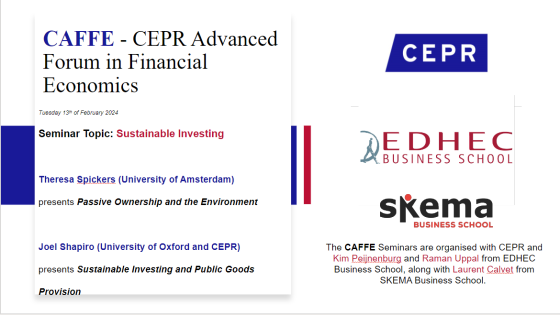DP15478 Debt sustainability when r - g < 0: no free lunch after all
Interest rates on public debt have for several years now fallen short of GDP growth rates in much of the Western world. In his presidential address to the AEA Blanchard argued that this implies that there are no fiscal costs to high debt \citep{blanchard2019public}.\footnote{He did outline other reasons not to run large deficits in his address.} In this paper we argue that the safe rate is not the right interest rate to use for that comparison. We develop a General Equilibrium Asset Pricing model and econometrically estimate the relevant characteristics of the stochastic processes driving the primary surplus in relation to the growth rate of aggregate consumption and derive the proper risk premium. The resulting interest rate exceeds the growth rate. We then calculate the discounted value of future primary surpluses using the same stochastic process for the primary surplus and compare that to the market value of the (Dutch) public sector debt. We test various explanations for the gap between these two and derive the fiscal adjustment necessary to eliminate it (the ``fiscal sustainability gap").



